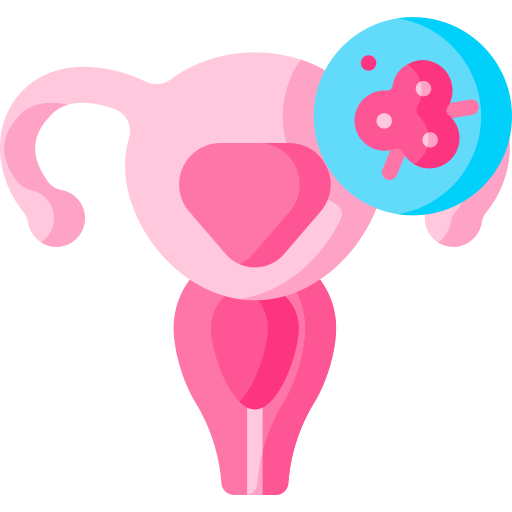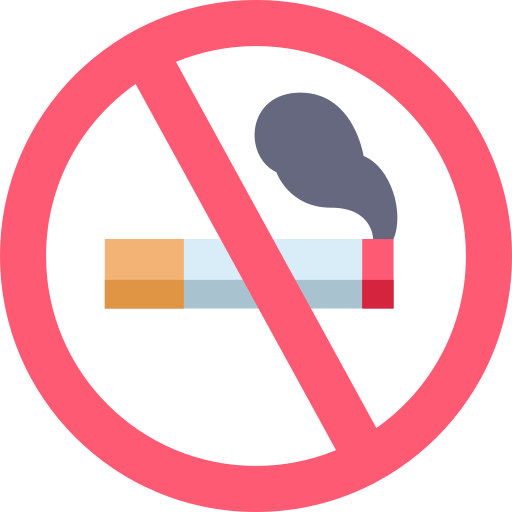
This logo isn't an ad or affiliate link. It's an organization that shares in our mission, and empowered the authors to share their insights in Byte form.
Rumie vets Bytes for compliance with our
Standards.
The organization is responsible for the completeness and reliability of the content.
Learn more
about how Rumie works with partners.
Did you know that in your cervix — the lower part of the uterus connected to your vagina— there are cells there that can become cancerous over time?
A sexually transmitted infection called the human papillomavirus (HPV) is to blame. HPV is common and our immune system usually prevents the virus from doing any harm, but with a small percentage of people, the virus leads to cervical cells becoming cancerous.
It might sound worrying but this can be totally avoided if an HPV vaccine is given early to young women and regular screenings with a gynecologist are scheduled.
Did you know?
Are there different types of cervical cancers?
Squamous cell carcinoma
Thin, flat cells lining the bottom of the cervix
90 percent of detected cervical cancers fall in this category
Adenocarcinoma
Appears in the glandular cells lining the upper cervix
This is a less common type of cervical cancer
What are some symptoms of cervical cancer?

Some symptoms to look out for include:
Bleeding between periods
Pain during intercourse
Blood spotting after menopause
Pelvic pain
Lower back pain
Heavier, longer menstrual bleeding
Bleeding after intercourse
Unusually frequent and heavy vaginal discharge
Weight loss and appetite loss
Quiz
At what age are most cervical cancers detected?
Cervical cancers are mostly diagnosed in women aged 35 to 44 years. They rarely develop in those younger than 20 cancer.org, "Key Statistics for Cervical Cancer", 2022).
Which countries have the highest numbers of cervical cancer cases?

Low-income countries where screenings and awareness about sexually transmitted diseases is low have the highest cases of cervical cancer. Countries like Eswatini, Malawi and Zambia have the highest cervical cancer cases and deaths. Ethnicity also plays a large role, as Black and Hispanic women have shown higher incidences of developing cervical cancer.
Quiz
What are key risk factors for developing cervical cancer?
Multiple sexual partners can increase your risk of cervical cancer because HPV (human papilloma virus), a virus linked to cervical cancer, can spread through sexual contact. Smoking is also shown to increase the risk, but alcohol use and weight aren't linked to a higher risk.
What precautions can I take for cervical cancer?
Get the HPV vaccine
The HPV vaccine is usually given right after puberty, usually at ages 11 or 12. The vaccine can reduce not just cervical cancer but also other HPV-related cancers. Ask your doctor about the vaccine if you haven't had it yey.

Regular pap tests
Pap tests administered by a health professional, usually a gynecologist, play a big role in detecting any precancerous cervix conditions. These tests should start by age 21 and should be regularly repeated every few years.

Safe sex using barrier methods
By using a condom when you have sex & limiting sexual partners, you make it less likely to contract HPV that could develop into cervical cancer.

Quit smoking
Smokers have an increased risk for cervical cancer. How long one has been smoking as well as frequency of smoking plays an additional role.

Click here for more information on cervical cancer prevention.
Quiz
You're turning 20. How often should you take a pap test?
The CDC advises that you should get a pap smear every 3 years after your first one at age 21 (cdc.gov, "What Should I Know About Screening?", 2021).
Did you know?
Is there a treatment for cervical cancer?

Cervical cancer is treatable! However, doctors and patients can never predict how it will progress. Usually, it develops slowly, but in some cases, it has shown to spread quickly.
For early and late stage cervical cancers, surgery, chemo, and radiation is used. The survival rate for cervical cancer for all women is 66% but this greatly varies by age, race, and ethnicity.
Did you know?
The "Elimination" Strategy
The World Health Organization (WHO) identified a 90:70:90 approach that will prevent about 74 million new cases and 62 million deaths in low and middle-income countries.
90% of girls are fully vaccinated with HPV vaccine by the age of 15
70% of women are screened with a high-performance test by 35 and 45 years of age
90% of women identified with cervical disease receive treatment
Take Action

What can I do to protect myself and others from cervical cancer?
This Byte has been authored by
Saba Khalid
Founder & CEO at Aurat Raaj
This Byte has been reviewed by
Lana Do
MD, MPH, BCMAS
